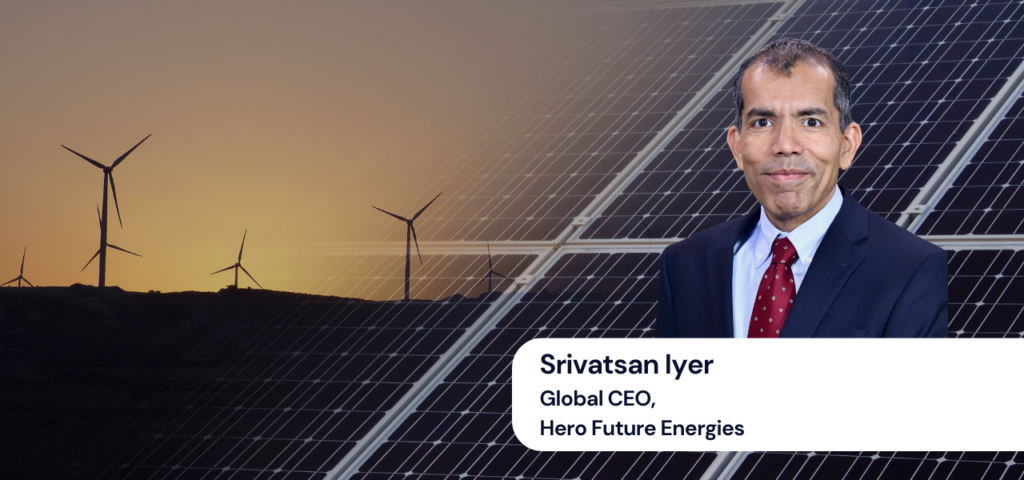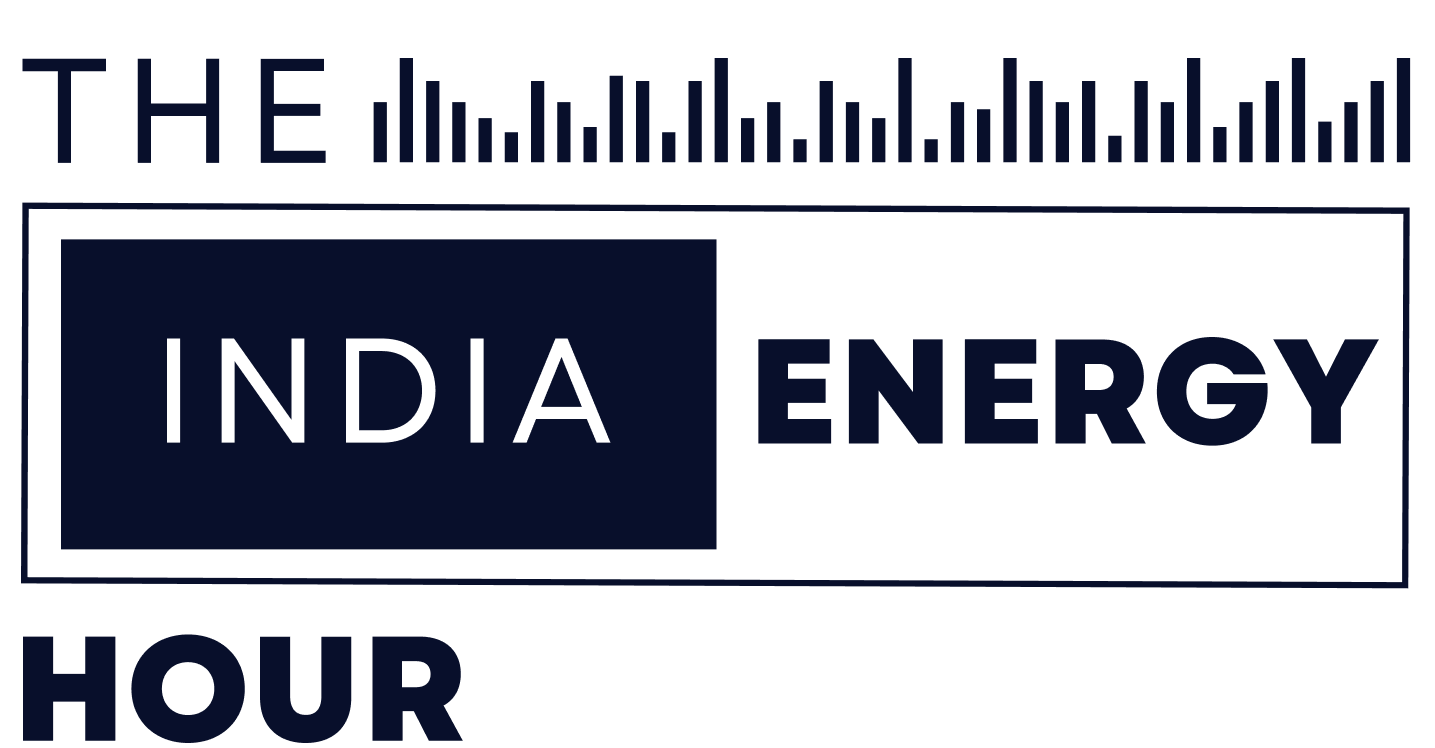India is undergoing a significant transition in its energy sector, with a growing focus on renewable energy sources. As the country aims to achieve its target of 50% of its energy demand from non-fossil fuel sources by 2030, ensuring grid stability becomes crucial.
One of the key challenges in integrating renewable energy into the grid is the need for a combination of dispatchable power and intermittent renewable energy sources. While renewable energy sources like solar and wind are essential for reducing carbon emissions, their intermittent nature can create imbalances between generation and demand. This transition requires substantial investments in the grid and power supply infrastructure to accommodate the increasing electricity demand and the intermittent nature of renewable energy sources.

(image source: flickr)
In a recent episode of The India Energy Hour Podcast, the hosts Sandeep Pai and Shreya Jai talk to Srivatsan Iyer, Global CEO of Hero Future Energies to enhance the grid stability in India.
Iyer mentions plans for a dedicated renewable energy management centre and better forecasting and planning.
He says “Minute by minute or day ahead forecasting is still as much art as it is science. So we can’t depend on improvements in forecasting and scheduling alone. We have to have mechanisms that allow for grid stability at the aggregate level.”
Srivatsan Iyer highlights the potential of technologies like battery storage and pumped hydro to provide grid stability and competitive power.
Iyer predicts that India is soon going to have large battery storage systems similar to the UK, “I don’t think India is too far behind when large battery storage projects will start to provide ancillary services to the grid as well, in terms of voltage or frequency regulation and so on. I think those days are coming.”
Iyer urges the need for having incentive to reduce the overall power consumption in the country. “Today as consumers, whether I’m industrial or sitting at home, I have no incentive to reduce my power consumption any time of the day, right? For me, I’m indifferent, right? When you start getting time of day, people are going to be a little more wary in terms of, When do I charge my car? When do I charge my phone? When do I turn on the appliances and so on?
Because peak power really is a way to also moderate demand, right? And make people a little more careful in terms of how much power they consume, which brings down the demand at peak hours and moderates it a little more across the day as well. So if India evolves in that direction, then you’ll start to see a little more moderation in that as well.” he added.
Implementing time of the day electricity rates in India can incentivize consumers to moderate their demand during peak hours by offering lower tariffs during off-peak hours. This pricing model would benefit renewables as for instance solar hours would be priced lower than say coal. It would be beneficial for the entire energy sector and grid stability as well.
While talking about the energy demand in the country he says “The projection of the overall energy demand is actually quite robust. We are going to be consuming a whole lot of energy going forward. So the grid has to keep up with growing demand, regardless of whether the power is coming from thermal or renewable sources.”
He also mentions the need for having a roadmap which focuses on investing in grid expansion and stability by the power ministry which will help in moderating the impact of intermittent renewable sources. And energy storage is seen as a crucial solution to mitigate the impact of this intermittency and ensure a stable and reliable power supply.
Furthermore, the episode highlights the shift towards diversification in renewable energy companies in India. Major players in the industry are expanding their operations beyond solar and wind energy and venturing into manufacturing, batteries, transmission, and other aspects of the supply chain. This shift is driven by the commoditization of the renewable energy sector and the search for new opportunities with higher margins.
(This is an excerpt from an episode of the India Energy Hour. Tune into the podcast for more conversations on India’s green energy sector. Available on all major podcast platforms and the TIEH website)


